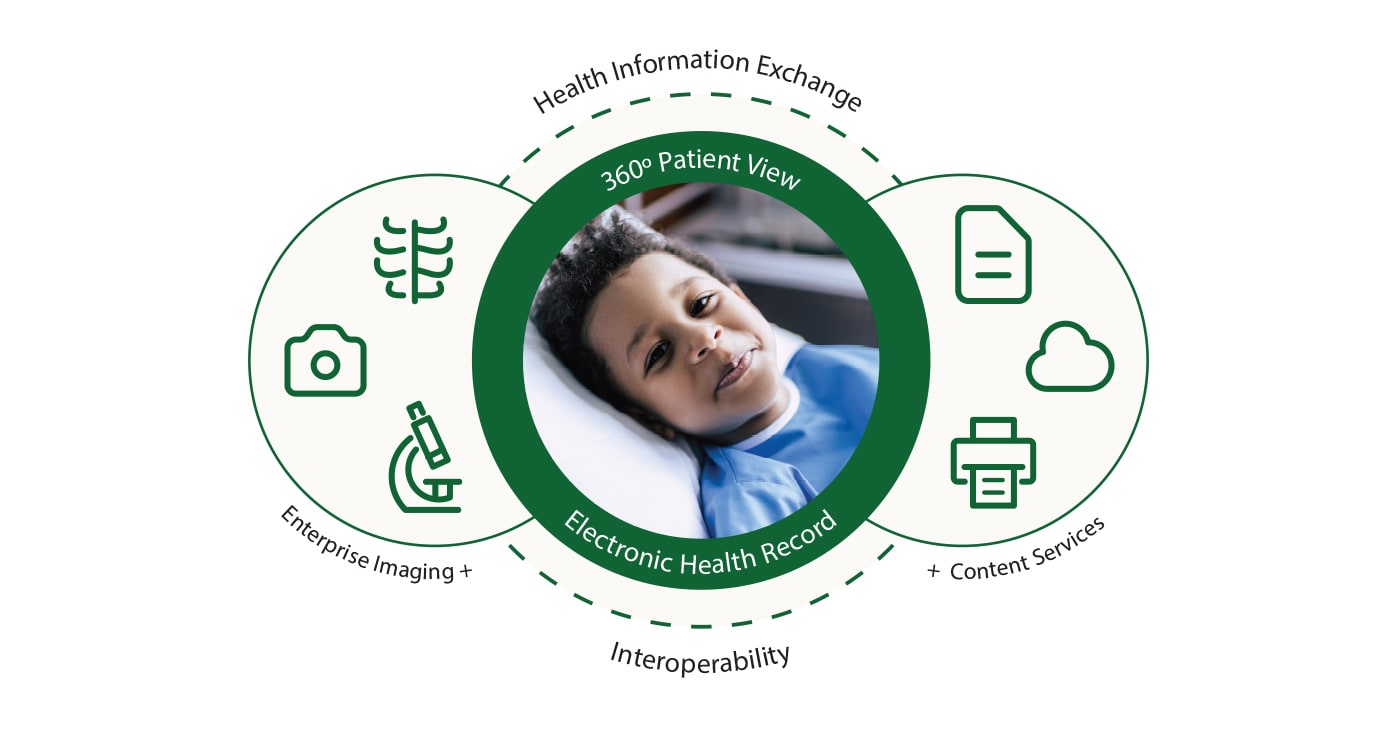Why Healthcare RCM is Essential for Financial Health in Medical Practices
Why Healthcare RCM is Essential for Financial Health in Medical Practices
Blog Article
A Comprehensive Guide on Just How Health Care RCM Works to Improve Invoicing and Collections
Navigating the intricacies of medical care earnings cycle monitoring (RCM) is vital for carriers aiming to boost their billing and collections procedures. The overview unpacks the ins and outs of RCM, from patient registration to receivables management, using understandings into maximizing each action. Incorporating sophisticated technology and standard procedures can dramatically lower insurance claim denials and increase repayment cycles. Yet, real difficulty hinges on perfectly combining these components to boost cash flow. As we check out the core components and techniques that drive effectiveness, one concern remains: just how can medical care entities finest position themselves to flourish economically in an ever-evolving industry?
Understanding Earnings Cycle Administration
Understanding the intricacies of Profits Cycle Management (RCM) is essential for medical care organizations intending to enhance their monetary efficiency. RCM is a critical administrative function that incorporates the whole financial procedure of patient care, from the preliminary visit setting to the final repayment of the equilibrium. It is an intricate procedure made to determine, accumulate, and handle the earnings from the services offered to individuals. Efficient RCM makes certain that health care companies receive timely and accurate settlements, reducing the danger of income loss and enhancing cash money flow.
The RCM process starts when a client schedules an appointment and prolongs via the individual's care journey, including billing and collections. A vital purpose is to reduce the time between supplying a service and receiving settlement, thus enhancing the organization's economic health. RCM includes various functions such as individual registration, insurance coverage confirmation, fee capture, coding, claims entry, payment posting, and handling charms and rejections.
Key Components of RCM
In the realm of Income Cycle Administration (RCM), comprehending its vital parts is fundamental to accomplishing monetary performance within health care companies. RCM is a thorough process that includes different phases, each critical to ensuring reliable payment and collections. The main components include person registration, insurance policy verification, charge capture, coding, case entry, repayment posting, and receivable administration.


Once coded, insurance claims are sent to payers, where precision is vital to prevent delays or denials - Healthcare RCM. Settlement uploading includes taping the obtained repayments, which enables the reconciliation of accounts. Lastly, receivables management concentrates on tracking and dealing with unpaid claims, guaranteeing timely follow-up and resolution
Each component of RCM is adjoined, and ineffectiveness in any kind of component can interrupt the whole cycle. As a result, mastering these components is important for doctor to enhance earnings and improve their economic wellness.
Approaches for Effective Payment

Systematizing payment procedures across the company is another vital strategy. Developing clear standards for documentation, coding, and look what i found submission assists preserve consistency and conformity with regulatory requirements. Educating personnel consistently on these procedures makes certain every person is up-to-date with the most recent adjustments in payment codes and payer plans.
Accurate charge capture is necessary in avoiding revenue leak. Executing routine audits and monitoring systems permits for the identification and modification of disparities prior to they affect earnings. Additionally, maintaining open lines of communication with payers aids to quickly deal with any kind of conflicts or misconceptions that might occur.

Last but not least, appealing clients early in the invoicing procedure by giving clear price quotes and academic products regarding their economic obligations can substantially reduce confusion and boost settlement timeliness. These techniques collectively add to a much more efficient and monetarily healthy billing system.
Enhancing Collections Processes
A durable collections process is vital for keeping financial security within healthcare organizations. Provided the complexities of medical payment and the variety of payer requirements, enhancing the collections procedure includes carrying out calculated steps that ensure prompt and exact repayment of solutions made. Central to this is the usage of modern technology to automate and enhance processes, boosting and lowering manual errors effectiveness. Automation tools can assist in tracking case statuses, sending out prompt tips to people, and managing rejections better.
Clear and transparent client communications are crucial. Supplying thorough explanations of fees and using adaptable settlement plans can enhance individual contentment and prompt repayments.
Normal audits of the collections procedure need to be performed to determine locations for renovation and make certain conformity with laws. By analyzing data, medical care companies can determine trends, anticipate potential issues, and adapt methods appropriately (Healthcare RCM). Eventually, a well-enhanced collections process not just sustains financial wellness however likewise adds to an extra smooth experience for patients and team alike
Optimizing Earnings Streams
Building upon the foundation of a strong collections procedure, health care organizations can additionally boost their economic stability by strategically enhancing earnings streams. This includes a multi-faceted method, beginning with a comprehensive evaluation of existing profits sources to determine inadequacies and areas for growth. Employing innovative data analytics devices enables companies to get understandings right into payer mix, individual demographics, and service use patterns, enabling data-driven decisions that next boost profits capture.
Applying automated invoicing systems can considerably decrease mistakes and quicken cases processing, making certain that earnings is gathered more efficiently. In addition, optimizing payer agreements via regular settlements can enhance compensation prices and terms, straight influencing the bottom line. Branching out solution offerings, such as incorporating telehealth or health programs, can also draw in a more comprehensive individual base, hence enhancing profits possibility.
One more critical component is improving client involvement and complete satisfaction, as satisfied individuals are most likely to abide by treatment plans and make timely payments. Offering versatile settlement options and transparent payment techniques can boost collections and foster patient loyalty. Healthcare RCM. By taking on these approaches, medical care companies can produce an extra resistant economic structure, making sure continual growth and security in article an ever-changing industry landscape
Conclusion
To conclude, health care Income Cycle Monitoring (RCM) plays a crucial duty in optimizing payment and collections procedures by integrating crucial components such as client enrollment, insurance coverage verification, cost capture, coding, claims submission, and receivable monitoring. By using advanced technology, systematizing procedures, and fostering patient involvement, health care providers can significantly decrease claim rejections, increase repayment cycles, and enhance capital. This extensive method to RCM ultimately causes boosted economic efficiency and sustainability for health care companies.
The RCM procedure starts when a patient timetables a consultation and prolongs via the patient's care journey, consisting of billing and collections.One more critical part is boosting individual interaction and satisfaction, as pleased people are much more most likely to adhere to treatment strategies and make timely settlements. Offering versatile repayment choices and transparent payment methods can improve collections and foster client loyalty.In verdict, health care Income Cycle Administration (RCM) plays an essential function in optimizing invoicing and collections procedures by incorporating crucial elements such as individual enrollment, insurance policy verification, cost capture, coding, asserts entry, and accounts receivable management. By utilizing sophisticated innovation, systematizing procedures, and fostering client engagement, health care suppliers can dramatically lower insurance claim rejections, speed up repayment cycles, and enhance cash flow.
Report this page